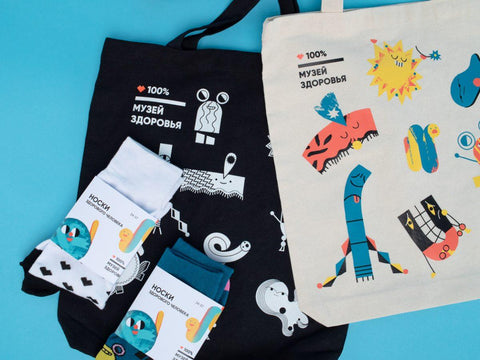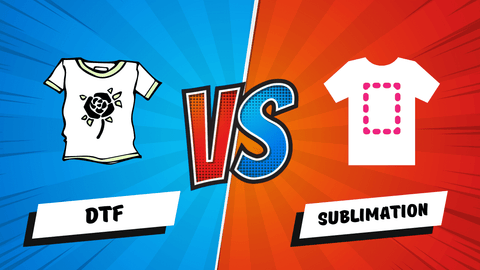When it comes to printing, sustainability is a topic that is gaining more and more attention. As the world becomes increasingly aware of the environmental impact of various industries, it is important for businesses to adopt eco-friendly practices. One area where sustainability is making significant strides is in the realm of direct-to-film (DTF) transfers. In this blog post, we will explore the green side of DTF transfers and how they contribute to a more sustainable printing industry.
What are DTF transfers?
DTF transfers are a printing method that involves transferring ink from a film to a substrate using heat and pressure. This process allows for high-quality prints on a variety of materials, including fabrics, ceramics, and plastics. DTF transfers offer several advantages over traditional printing methods, such as screen printing or heat transfer vinyl, including faster production times, vibrant colors, and intricate designs.
How do DTF transfers contribute to sustainability?
One of the key ways that DTF transfers contribute to sustainability is through their reduced waste. Unlike screen printing, which requires the creation of screens for each design, DTF transfers use a single film for multiple prints. This significantly reduces the amount of material waste generated during the printing process. Additionally, DTF transfers do not require the use of water or solvents, further minimizing their environmental impact.
Energy efficiency
Another aspect of sustainability that DTF transfers excel in is energy efficiency. The process of transferring ink from the film to the substrate requires less energy compared to other printing methods. This is due to the fact that DTF transfers do not require the use of large printing presses or extensive drying times. The energy savings achieved through DTF transfers contribute to a greener and more sustainable printing industry.
Recyclability
DTF transfers also offer recyclability benefits. The films used in the printing process can be recycled, reducing the amount of waste that ends up in landfills. Additionally, the inks used in DTF transfers are often water-based and free from harmful chemicals, making them safer for the environment. By choosing DTF transfers, businesses can actively contribute to a circular economy and reduce their ecological footprint.
The future of sustainable printing
As the demand for sustainable printing practices continues to grow, DTF transfers are poised to play a significant role in the future of the industry. With their reduced waste, energy efficiency, and recyclability, DTF transfers offer a greener alternative to traditional printing methods. By embracing sustainability in printing, businesses can not only reduce their environmental impact but also attract environmentally conscious customers.
In conclusion, sustainability in printing is an important consideration for businesses in today's world. DTF transfers provide a green alternative that reduces waste, saves energy, and promotes recyclability. By adopting DTF transfers, businesses can contribute to a more sustainable printing industry and make a positive impact on the environment.





Comments (0)
There are no comments for this article. Be the first one to leave a message!